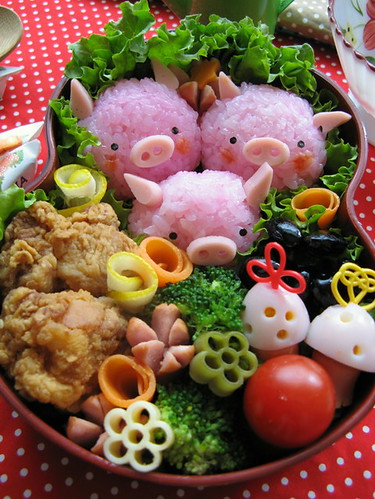This punch has been a huge hit every time I’ve ever served it! When I take it to parties, there’s never any left over, and it’s enjoyed by kids and adults alike! It’s fast and easy to make, too, which is always a bonus! The recipe easily doubles, and the base can stay frozen for a few months before serving! For a fun, festive New Year’s Eve party drink, you can’t go wrong here! Enjoy!
Perfect Alcoholic Party Punch
Ingredients:
3 cups water
1 cup sugar
1 3-ounce package strawberry gelatin mix
24 ounces pineapple juice
1 cup orange juice
1/3 cup lemon juice
1 cup citrus flavored vodka
2-liter bottle of clear soda, or 2 to 3 bottles champagne
Perfect Non-alcoholic Party Punch
Ingredients:
3 cups water
1 cup sugar
1 3-ounce package strawberry gelatin mix
24 ounces pineapple juice
2 cups orange juice
1/3 cup lemon juice
1 2-liter bottle clear soda (lemon lime or ginger ale), or 2 to 3 bottles sparkling apple cider
**If you use the champagne for adults, you can make the punch without the vodka, if you like. just replace it with another cup of orange juice. Furthermore, the directions are the same for both recipes up until the addition of alcohol.**
How to:
In a large sauce pan, combine the sugar, water, and gelatin mix. Bring to a boil and cook for two or three minutes, until all of the sugar has dissolved. Remove from heat and stir in the pineapple juice, orange juice, and lemon juice. Allow the mixture to cool to room temperature.
Once cooled, pour the mixture into a freezer safe container. I like to use gallon zip top bags, then sit them into a larger bowl. Freeze the mixture until almost completely frozen. If it freezes solid, just allow to thaw in the sink for a couple of hours.
Place the frozen punch in a large bowl. If it’s still very frozen, use a large wooden spoon to gently break up the pieces. Try to break down the biggest chunks.
Next, add about two liters of clear carbonated beverage. You can use lemon-lime soda or ginger ale, but my personal favorites are sparkling apple cider (for non-alcoholic) or champagne! That’s right, champagne! Yummmm! When I use champagne, I typically skip any other alcohol additions, though, but that’s your call-the punch tastes great either way!
I dressed my punch glasses up with some little homemade cocktail picks too! These were super easy and make the drinks look a little more festive!
All I did was make a little “Happy New Year” banner (and one that says “2011″) and print them out. I made them so that they could be double-sided, too.
Next I just cut each banner out with pinking shears (they give that pointed edge), folded them in half so the two sides lined up, and trimmed close to the edges with the pinking shears. Next, I wrapped them around a wooden skewers and secured them with a little craft glue. I also added some little streamers at the top, for a little extra punch, but these are still very cute without them.
To make the streamers, I just cut a 2-inch by 1.5-inch strip of tissue paper. Next, I cut thin strips, lengthwise, into the tissue, leaving about three eighths of an inch of uncut paper at the bottom. I spread a small amount of craft glue on the uncut section and wrapped it tightly around the top of the skewer, then glued the banner on normally. Voila! Fun, elegant, and festive cocktail picks!
The streamers add just a little extra something, but the ones I made without them are still adorable! I think these would be fantastic as cupcake toppers too! Plus, you can give them even more pizazz if you want, by adding a little glitter here and there! The links for these free printable picks are at the end of the post! Print away, my friends!
Don’t they create just the right festiveness for NYE celebrations?! I made them on a whim, and I seriously love how they turned out! I’m so glad I decided not to be lazy!
Recipe by Darla
Cocktail pick banners created by Darla
Click on the link(s) below to download, then print on heavy white paper:
2012″ Cocktail Banners
Happy New Year! Cocktail Banners
Grab The Bookmarketer For Your Site

























